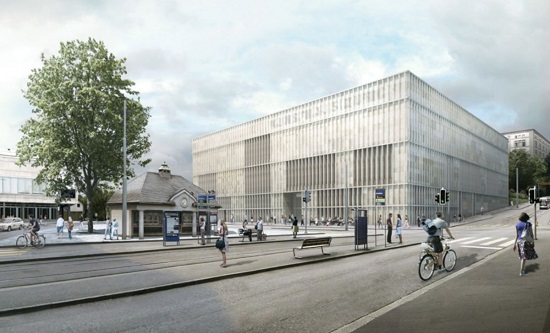 Friday, October 4, 2024
Friday, October 4, 2024  Friday, October 4, 2024
Friday, October 4, 2024 
As more and more new buildings are erected around the world, one city in Europe is trying to make the concrete jungle a bit greener.
Zurich has quietly become a frontrunner in advancing environmentally friendly construction, adopting green measures long before most companies started publicly emphasizing their sustainability.
Inspired by a public debate about two decades ago on how to reduce the amount of gravel that’s extracted and used in construction, Switzerland’s largest city has become a trailblazer for more sustainable construction. It built its first building with recycled concrete — a school building where 80% of concrete used had come through the recycling process — as far back as 2002. Three years later, it introduced a requirement that all publicly-owned buildings have to be made using recycled concrete. In 2013, the city went a step further to mandate the use of Co2-reduced cement. Now other cities are starting to take note, adopting practices that have been standard in Zurich for more than a decade.
These green measures are timely. Concrete, the most commonly employed man-made material on the planet, is a major contributor to climate change. The production of cement — concrete’s main ingredient along with sand, gravel and water — is estimated to be responsible for about 6% to 8% of global emissions. In a world where ongoing industrialization and urbanization is predicted to boost global construction by 35% by 2030, researchers are seeking to reduce this potentially growing footprint through recycling or by using other materials.
Concrete’s emissions are so high because the main raw material for cement is calcinated limestone, which needs extremely high temperatures — approximately 1,450 degrees Celsius (2,642 degrees Fahrenheit) — for its production. The calcination process creates a substance called clinker that is later ground down to fine particles.